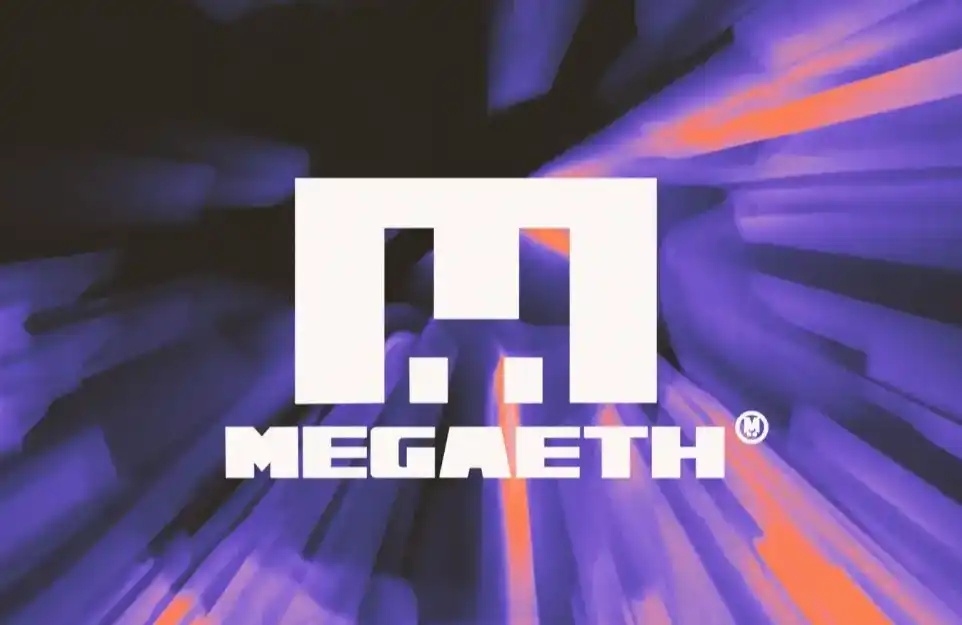Ethereum Shanghai upgrade or delay to April, EIP 4844 renamed Deneb
原文标题:《 以太坊上海升级或推迟到四月,EIP 4844 更名为 Deneb 》
Original article by Christine Kim, galaxy
The DeFi way
On February 9, 2023, Ethereum developers gathered for the 102nd Full Core Developer Consensus (ACDC) conference call.
Note: The ACDC conference call, hosted by Danny Ryan of the Ethereum Foundation, is a bi-weekly conference series where Ethereum developers discuss and coordinate changes to the Ethereum protocol. The ACDC conference call focused on the development of the Ethereum consensus layer, while another conference series, the Full Core Developer Executive (ACDE) Conference call, focused on coordinating code changes to the Ethereum executive layer.
This week, the Consensus Layer (CL) client team discussed the progress of testing for the Shanghai and Capella upgrades. The recent Shanghai upgrade test went well on Zhejiang testnet, and the developers agreed to launch it on the next public test network, Sepolia, on February 28.
Based on the activation date of Sepolia, which was the penultimate test network before the official Ethereum mainnet upgrade, and discussions about additional MEV-Boost testing, the mainnet launch date of the Shanghai upgrade seems more likely to take place in early April.
Goodbye Zhejiang test net, hello Sepolia test net
On Tuesday, February 7, Shanghai Upgrade launched for the first time on a public Ethereum test network called Zhejiang. Barnabus Busa, DevOps engineer at the Ethereum Foundation, said the activation was "very successful" and stressed that the network experienced no problems during the upgrade. Marius van der Wijden, developer of the Geth Executive Layer (EL) client, stressed that all executive layer client teams should create specialized tests to ensure that the process of encoding and decoding pledged ETH withdrawals is properly completed on the network.
ACDC conference call chair Danny Ryan asked the panel if they thought there was still a need for more specialized testing of withdrawal voucher changes. Based on the group's silence, it seems that the execution-level client team is satisfied with the testing work they've done, and Ryan goes on to discuss specific testing for MEV relays and builders. Barnabus Busa said he has reached out to the Flashbots team for help testing MeV-related infrastructure and software, but has not yet heard back from Flashbots. Terence Tsao of the Prysm (CL) client team says the lack of a "capable repeater and builder" presence on the beta network is a major stumbling block.
Based on inadequate testing of the MeV-Boost software, a fallback mechanism when the MEV Booster software fails, and updated specifications for builder and repeater operators, some developers on the call indicated that they were unwilling to test the Shanghai upgrade on more public test networks until these specific test areas were addressed. "I don't think we should even talk about forking Sepolia without testing the builder first," said a developer for a Prysm (CL) client who goes by the pseudonym "Potuz." ACDE conference call chair Tim Beiko countered that Ethereum's core developers have historically not allowed the readiness of infrastructure providers to affect the timing and testing of protocol layer upgrades.
After more discussion among the developers, Danny Ryan suggested that the executive layer client team focus on testing the parts of the MEV software that directly affect the Ethereum protocol layer. In addition, Ryan agreed to work with other members of the Ethereum Foundation test team to work on a dedicated test network. To assess the verifier's response to MEV infrastructure and software failures during the Shanghai upgrade.
Ryan says:
"My gut feeling is not to stop testing Sepolia at this time, but to run many of these tests in parallel and continue to evaluate them over the next few weeks."
Sepolia is the penultimate public beta network, and depending on the readiness of the client team, the developers have agreed to schedule the activation of the Sepolia Shanghai upgrade for February 28. Tim Beiko stressed that this means that a blog post about the Sepolia upgrade will be published on the Ethereum website around February 20th, and that all client teams should have a working version of the Shanghai update ready by next Friday (February 17th) at the latest.
Assuming the Sepolia testnet activation goes well, the developers will schedule an activation date for the Goerli Testnet Shanghai upgrade, which will likely be released sometime in mid to late March, and the Ethereum mainnet upgrade, which is expected sometime in early April. Ryan mentioned that the core Ethereum developers can decide on the Goerli beta and the main Ethereum beta at the same time after the Sepolia beta is activated and the Shanghai update is released.
Goodbye EIP 4844 and hello Deneb
At the same time as the Shanghai upgrade test work, developers are preparing to activate Ethereum Improvement Proposal (EIP) 4844 in the next upgrade after the Shanghai upgrade. As previously stated in the conference call transcript, the Shanghai upgrade is the name of the upgrade to enable pledged ETH withdrawals on the Ethereum Execution Client (EL), while Capella is the name of the Ethereum Consensus Client (CL) upgrade. At the last ACDC in a conference call, developers have agreed to the EIP 4844 upgrade named Deneb four-star (tianjin), it is the name of a first class star in the constellation Cygnus. Hsiao-Wei Wang of the Ethereum Foundation reminded the Consensus Client (CL) team that starting this week, the name of EIP 4844 on the relevant GitHub version will be updated to Deneb, so developers who open pull requests under the name EIP 4844 should update as soon as possible.
Anton Nashatyrev, lead developer of Ethereum's blockchain browser ether.camp, presented his findings on decoupling blocks from blob production during a conference call this week.here summarizes Anton Nashatyrev found, last week's developers conference call summary provides the discussion of blocks and blocks of separation in the background. One of the main benefits of using a separate subnetwork to propagate blob and block data is that these messages can be communicated more efficiently across the network. Anton confirms that message reception times are reduced by 40-50% when these messages are decoupled. The developers discussed ways to improve these simulations, as well as a preliminary investigation around blob validation strategies. The anonymous developer "realbigsean" from the Lighthouse (CL) client team also highlights the beacon chain API and one of the endpoints used to sign blob transactionsOpen question. The developers on the call agreed to read his questions and provide feedback.
Other topics
Other miscellaneous topics raised on this week's conference call include:
Call for volunteers to become EIP Editors: Tim Beiko encourages Executive client (CL) developers to join the EIP editing team to help review EIP related to Executive client (CL).
ConsenSys R&: Call for deprecating obsolete engine API calls; D lead researcher Mikhail Kalinin puts forward several different methods to abandon with what is known as "exchangetransitionconfiguration" old-fashioned engine API calls. Since this code change was not urgent, the developers agreed to revisit the topic after the Shanghai upgrade was completed.
SSZ conference calls: Over the past few developer conference calls, the discussion around SSZ format changes has become increasingly relevant to Deneb's preparations. As a result, the developers are organizing a special conference call on February 15 to discuss issues related to the SSZ format change.
Original link
Welcome to join the official BlockBeats community:
Telegram Subscription Group: https://t.me/theblockbeats
Telegram Discussion Group: https://t.me/BlockBeats_App
Official Twitter Account: https://twitter.com/BlockBeatsAsia


 Forum
Forum Finance
Finance
 Specials
Specials
 On-chain Eco
On-chain Eco
 Entry
Entry
 Podcasts
Podcasts
 Activities
Activities
 OPRR
OPRR








